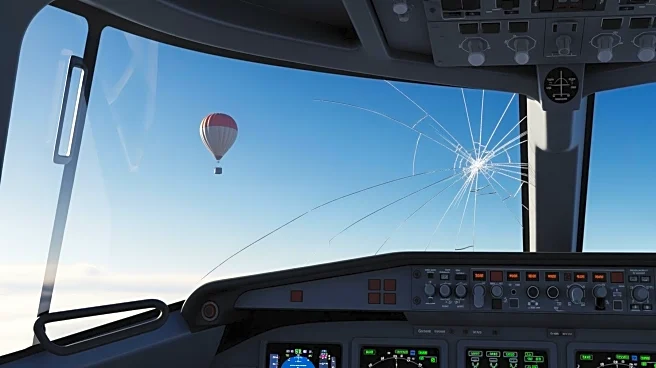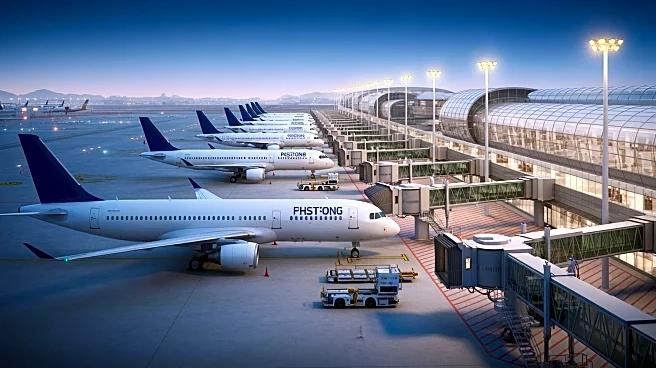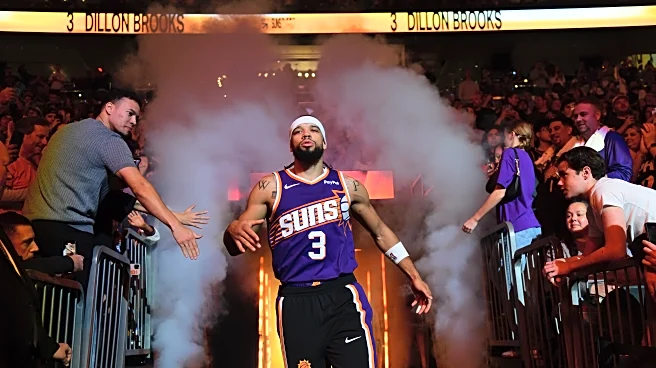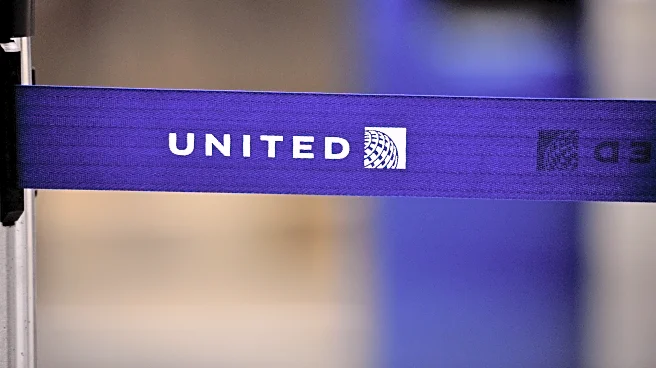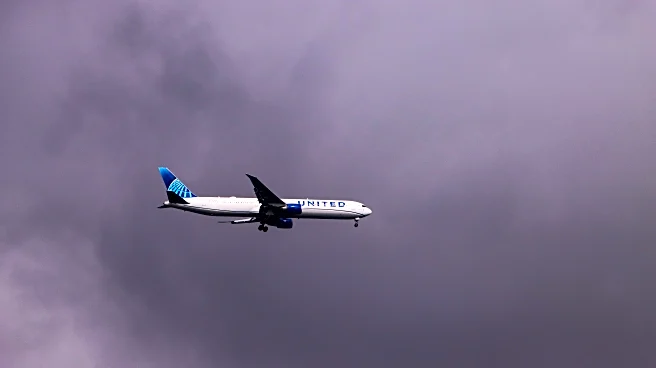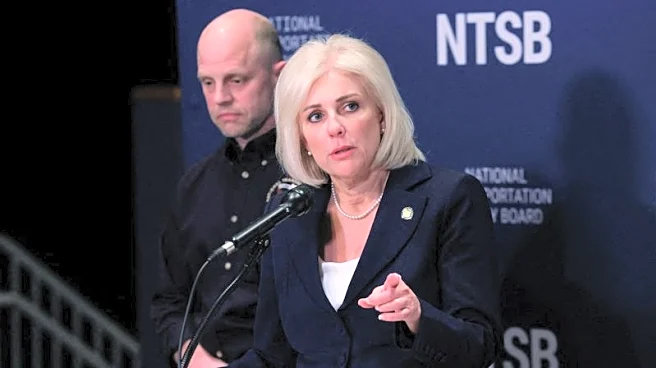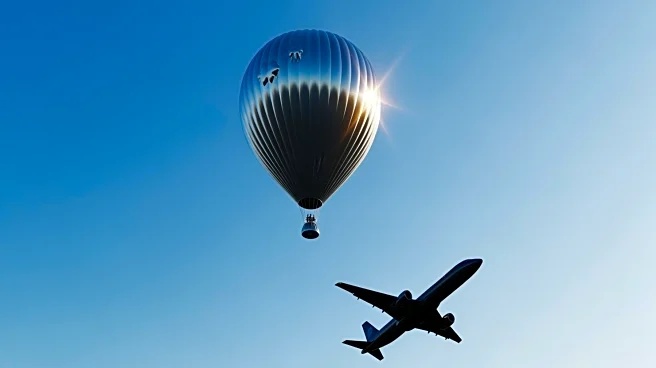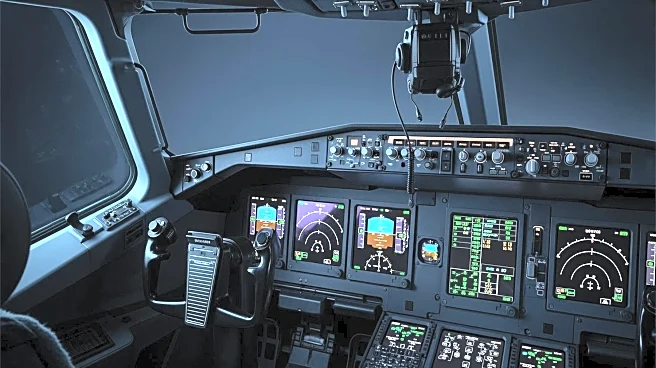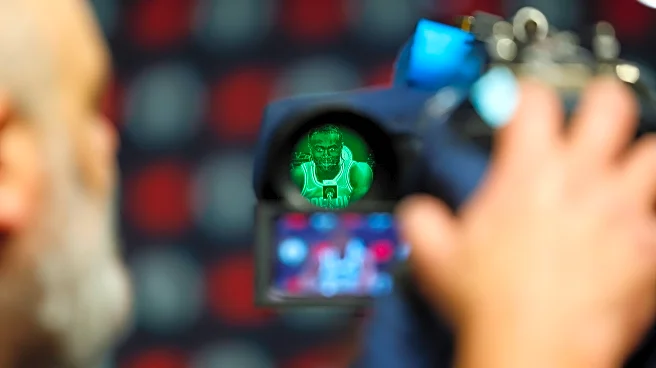What's Happening?
A United Airlines flight from Denver to Los Angeles made an emergency landing in Salt Lake City after its windshield cracked midair. The incident was caused by a collision with a weather balloon from Windborne
Systems, a California-based company. The balloon, weighing 2.4 pounds, cracked the windshield at 36,000 feet, leading to minor injuries for a pilot. Windborne Systems follows FAA regulations for its balloons, which are used to improve weather forecasts. The company is implementing software changes and new hardware designs to minimize future risks.
Why It's Important?
This incident highlights the potential risks posed by weather balloons to commercial aviation, despite adherence to regulations. It raises questions about the adequacy of current safety measures and the need for improved coordination between aviation and meteorological data collection. The event could lead to increased scrutiny of weather balloon operations and their impact on air travel safety, potentially influencing regulatory changes and industry practices.
What's Next?
Windborne Systems is actively working on software and hardware improvements to reduce the impact force of its balloons. The FAA may review existing regulations and operational guidelines for weather balloons to prevent similar incidents. Airlines and aviation authorities might collaborate to enhance safety protocols and communication strategies to mitigate risks associated with weather balloons.
Beyond the Headlines
The incident underscores the importance of balancing technological advancements in weather forecasting with aviation safety. It may prompt discussions on ethical considerations in deploying technologies that interact with commercial airspace. Long-term, this could lead to innovations in weather data collection methods that prioritize safety without compromising data quality.
